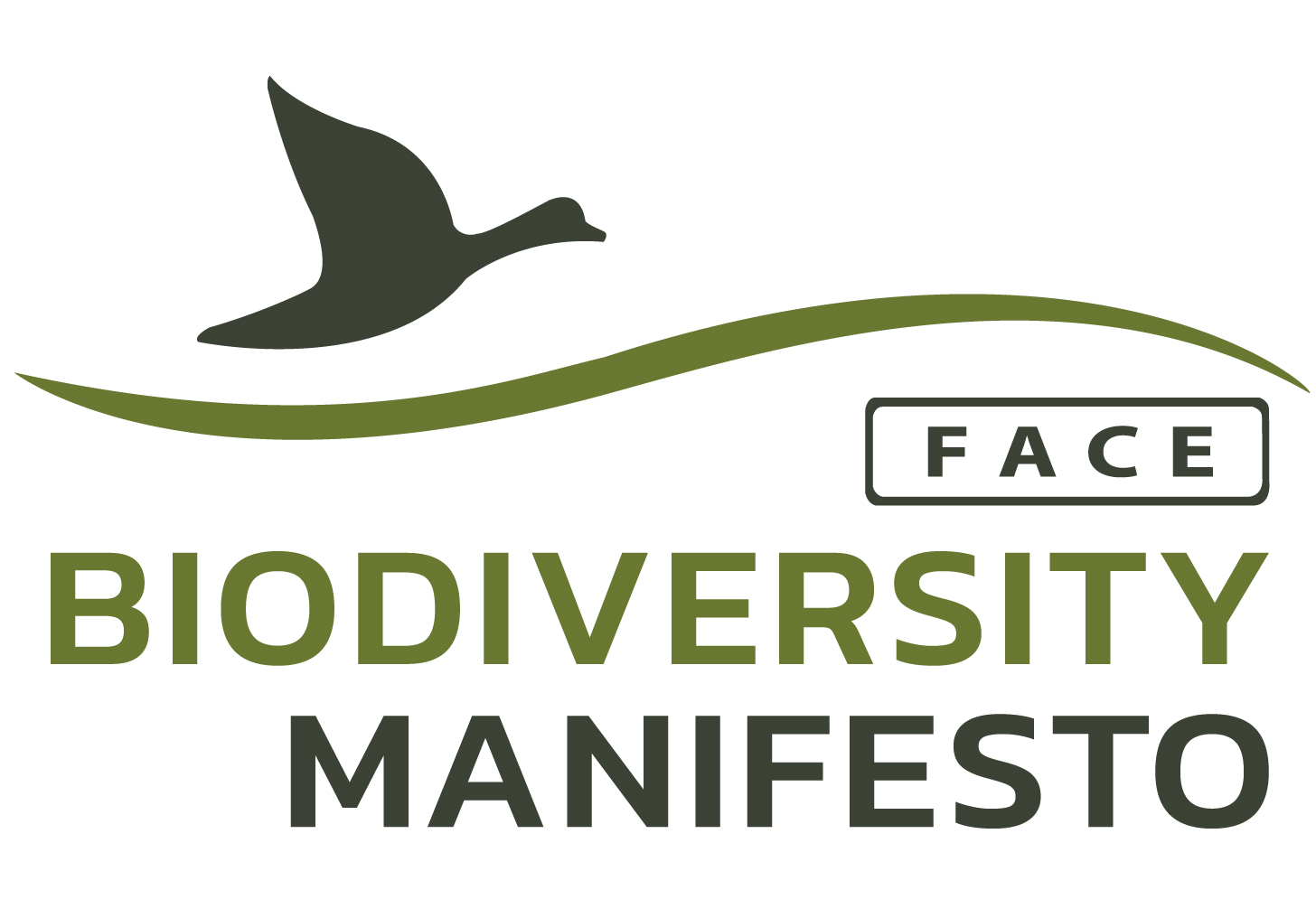Avon Valley is a place designated as a Special Protection Area (SPA) for its high biodiversity interest and to protect its wildlife and natural beauty. It is one of the eight most important lowland wet grassland sites in England for breeding waders in 1982. The river with the adjacent floodplains turns this space into a good natural habitat for a large number of species, and particularly for waders like the Lapwing and Redshank.
However, in the last 50 years, wader species have been struggling in Avon Valley. Census data showed a worrying negative trend for these species, with the number of Lapwings decreasing from 208 pairs in 1990 to 61 in 2015, and the Redshank and Common Snipe populations decreasing from 117 to 19 and 29 to 0 pairs, respectively. Drainage of wetlands, sowing in autumn instead of spring, and improvement of grasslands for livestock led to habitat loss, decrease of insects’ abundance, and a greater vulnerability to predators, explaining these negative trends.
In 2016, the Game & Wildlife Conservation Trust (GWCT), a charity organization that believes game and wildlife management is the foundation of good conservation, began the Life Waders for Real project in response to the situation in Avon Valley.
This 6-year project, with financial support from the European Commission, brought together GWCT scientists, farmers, gamekeepers, landowners, volunteers, and the local community to help Avon Valley’s wader species. To achieve this goal, the GWCT used a combination of habitat restoration and predator management to meet the needs of waders. They improved nesting sites by creating open areas with short vegetation (less than 3 cm tall) in spring and scattered clumps of taller or tussocky grass or rushes. This, combined with management to reduce predator numbers and exclude predators from nesting areas, allowed for better nesting areas and protection of waders from predators.
Management measures
To increase the chick rearing success, scrapes, ditches, and wet features in fields were added to improve the abundance of insects and invertebrates, essential to feed the chicks, and created short and open enough paths for chicks to move through, with patches of bare ground to feed in and areas of vegetation to provide cover.
Both feeding and nesting areas were close to each other, and temporary electric fences were set up to decrease chick predation. Targeted lethal control of foxes and crows was made as well as removing generalist predators when they are high and wader numbers are low can foster recovery and improve chick survival.
Along with these measures, scientists worked with the local community, especially with farmers, gamekeepers, and others land managers, to raise awareness about the waders’ situation and inform them how to help waders’ recovery.
Policy relevance
Considering the ongoing policy discussions about EU’s new Nature Restoration Law, EU’s Biodiversity Strategy targets for 2030, as well as the ongoing process aiming at the recovery of bird species, which currently includes the Lapwing and Common Snipe, the Life Waders for Real project is another successful wetland restoration project. Joint work between the EU Commission and hunting organizations is essential for the future of European biodiversity. Furthermore, hunters’ efforts should be included in European and national frameworks to support local restoration actions. Hunting stakeholders, such as GWCT and gamekeepers, as well as hunters all around Europe, are contributing to restoring habitats for all species by being involved in the work to achieve the EU’s Biodiversity Strategy for 2030 and nature restoration targets.
Results
The Life Waders for Real project was a great success. The number of breeding waders increased, and the wader population became stable.
Between 2015 and 2019, the number of Lapwing pairs increased from 62 to 105, representing a 70% increase. Before the project, the average breeding success of Lapwings on hotspot sites was 0.51 chicks per pair per year. Since 2016, breeding success has increased to 0.75 chicks per pair per year, which means that enough chicks are now fledging to allow the Lapwing population to increase.
Redshanks and Common Snipe also appeared to be increasing in Avon Valley. Redshank numbers increased from 19 pairs in 2015 to 35 pairs in 2019. Snipes have not bred in Avon Valley for several years, but their mating call was heard in 2019, which is a hopeful sign.
The communication project was also successful, with the work done in Avon Valley presented at more than one hundred events, from stakeholder workshops to national shows and international conferences.
GWCT concludes that:
- Improving habitat and reducing predation allowed Lapwing and Redshank populations to recover in Avon Valley.
- Working together with the community is essential to achieving common goals for nature.
- Foxes can live in high densities in small areas due to their varied and adaptable diet.
- Although nest protection cages have been effective in other locations, Lapwings from the Avon Valley did not accept their presence.
- Electric fencing can help to protect wader nests and improve nest survival through predators’ exclusion when both nesting and feeding areas are fenced.
Waders’ future in the Avon Valley
Although the Life Waders for Real ended in 2019, waders from Avon Valley continue to benefit from the work done on this project. Land managers involved in the project are continuing to implement the habitat management they began in 2016. This proves that conservation and habitat restoration projects with strong connections with local communities create great opportunities for habitat restoration and species recovery.
Source and more information about the project at:
[1] https://www.gwct.org.uk/wadersforreal/
[2] https://www.gwct.org.uk/media/1127754/gwct-life-waders-for-real-lay-summary.pdf


